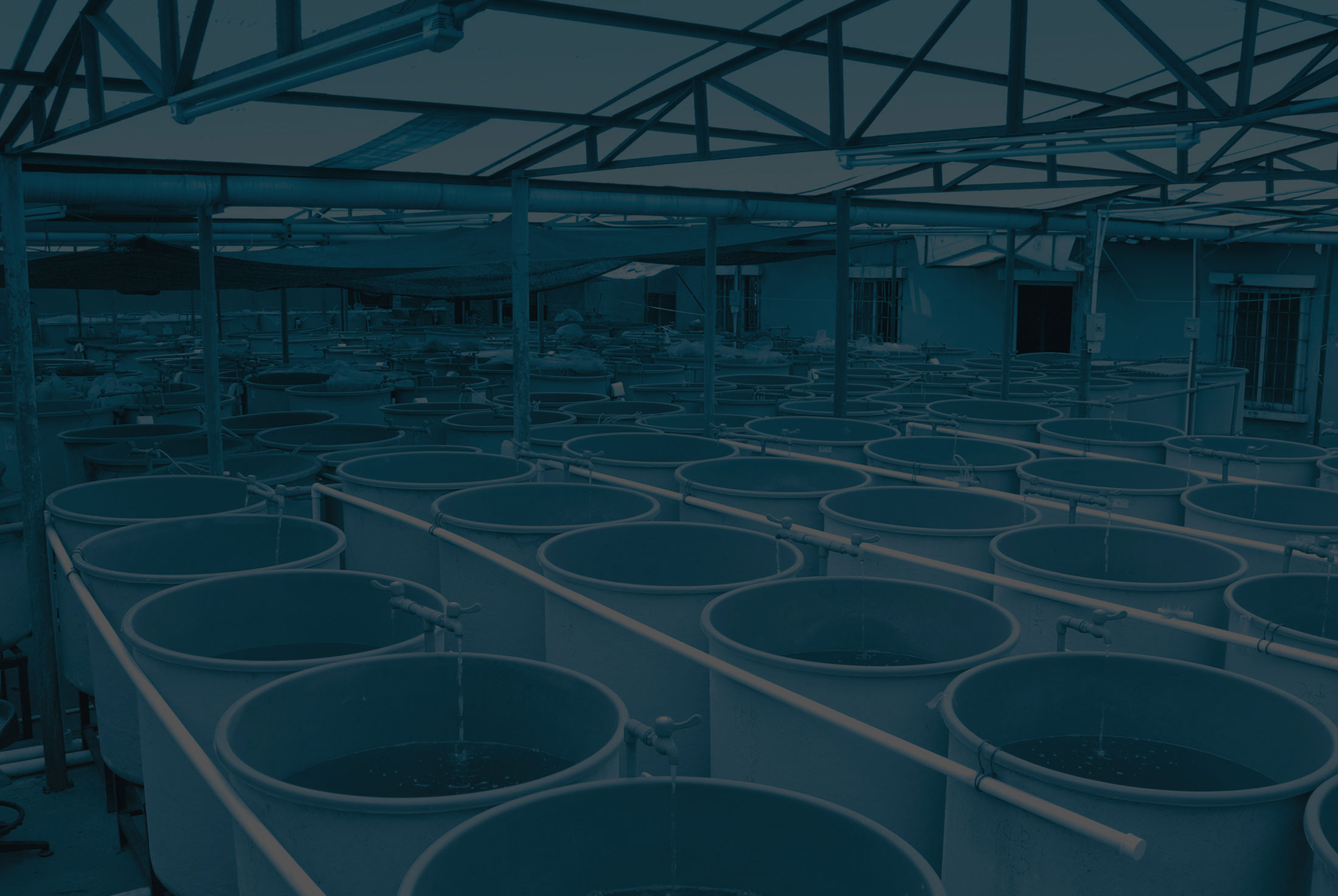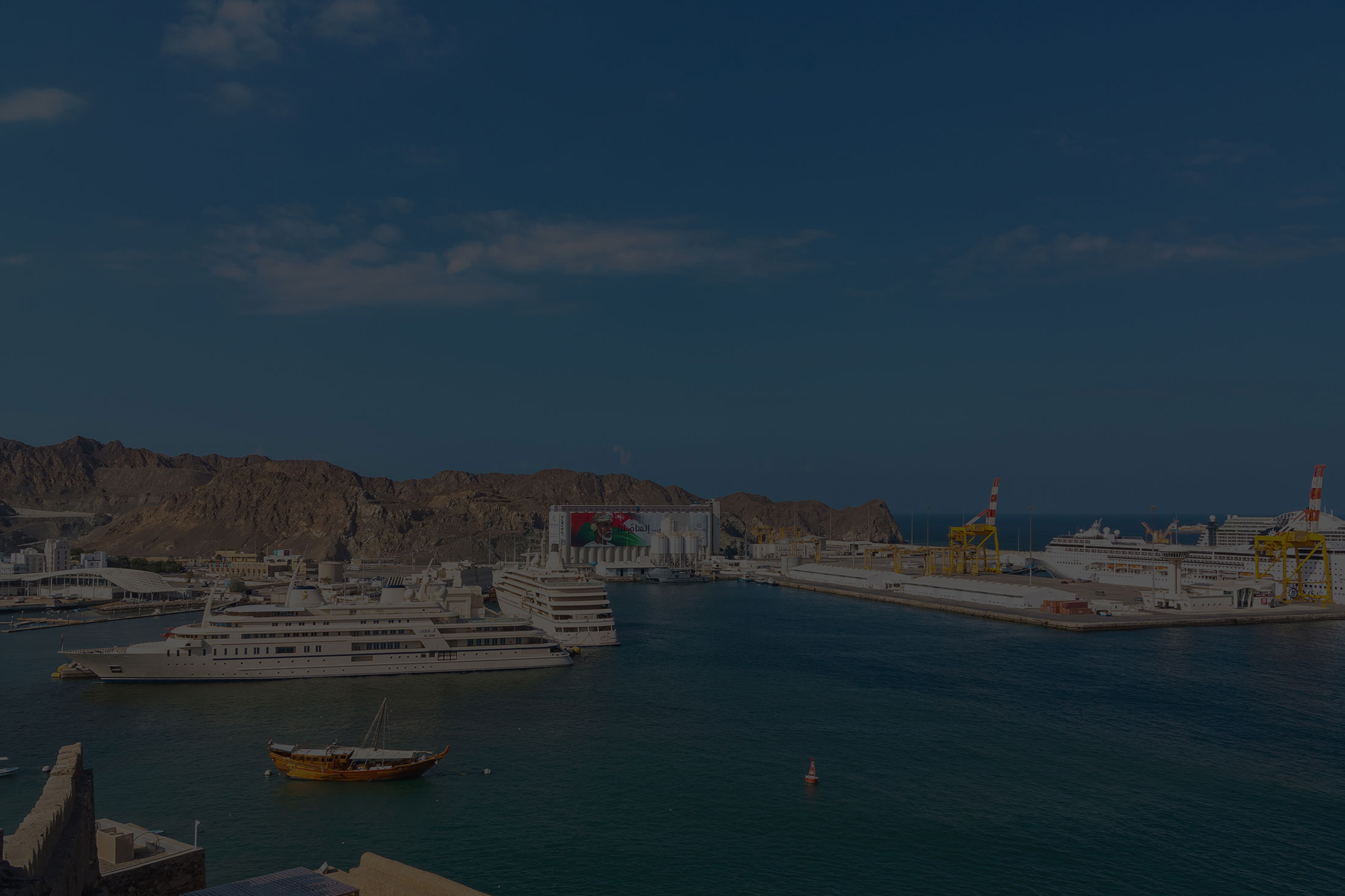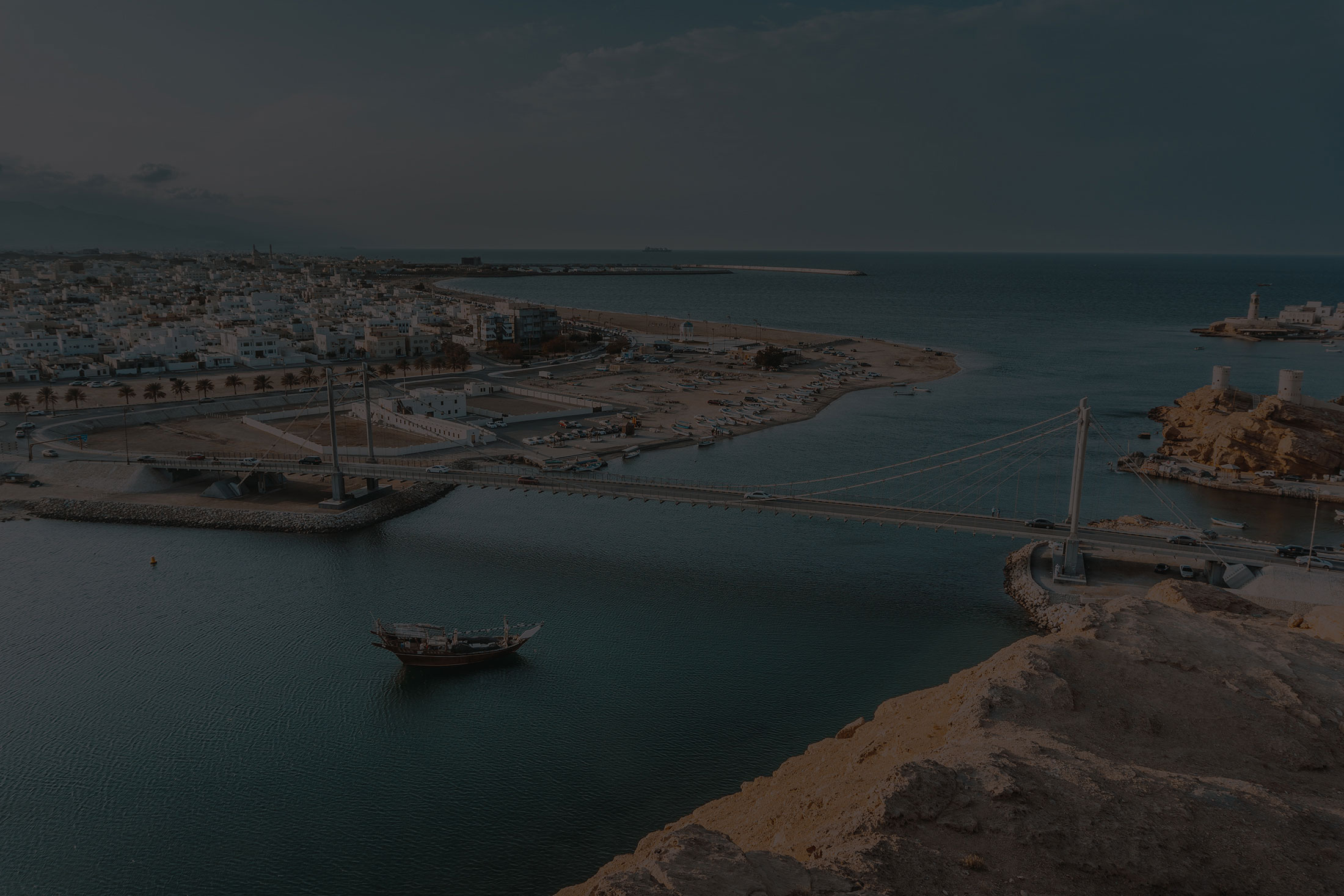The Sky, Land and Seas of Oman
The Sky of Oman
Renewable Energy:
Renewable Energy is one of the promising sectors in Oman, including Solar Energy and Wind Energy.Solar Energy
The environmental cost of generating electricity using solar energy in the Sultanate of Oman is lower than using natural gas. The government has sought to benefit from this important source by establishing several solar energy projects. These include Ibri Solar Project, with a total capacity of 500 Mega Watt. The power generated will supply around 33,000 homes with electricity thus reducing 340,000 tons of carbon dioxide emissions per annum. Another big project in this field is Amin Solar Project, which aims to reduce dependence on gas power plants and reduce carbon dioxide emissions. The project contains 336,000 photovoltaic panels stretching over 4 km, with a capacity of 100 megawatts, and about 226,000 tons reduction in carbon dioxide emissions annually.
Wind Energy
Due to the strong and continuous blowing of winds on the coasts of the Sultanate of Oman throughout the year, the government decided to establish several wind energy projects of different capacities, to save energy and help the government fulfill its commitment to reduce greenhouse gas emissions. These projects include Dhofar Wind Energy Project in the Wilayat of Shaleem and Al Hallaniyat Islands in Dhofar. The project, which is expected to supply 16,000 homes with electricity in Dhofar, was provided with the latest pneumatic actuators suitable for the environment.
The Land of Oman
The total area of the Sultanate of Oman
square kilometers
The land area covers around
hectares




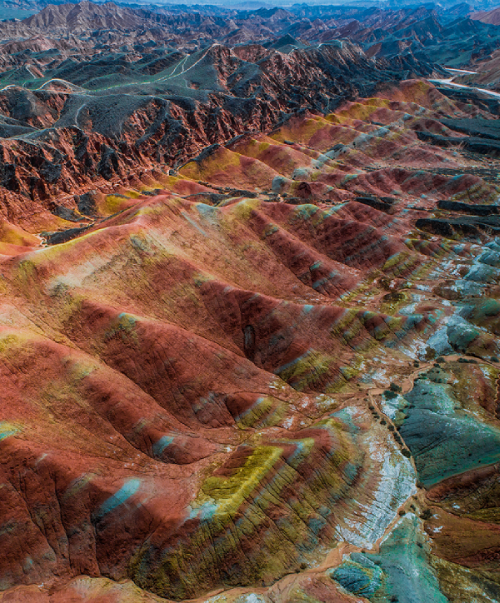
The geological history of the Sultanate of Oman dates back to more than 800 million years. During these epochs, a number of geological events have formed the geological regions and wonders in Oman. One of the greatest manifestations of these geological areas is Wadi Al Khoud in Al Khoud village in Muscat Governorate. The valley's unique geological features show that they have been formed throughout three different sedimentary geological environments - from deep sea muddy rocks, to riverine pebbles and calcareous shoals. Some dinosaur bones were found in this place. Also, Jebel Yeti in Muscat Governorate includes rocky obelisks with decorative art, in the middle of the shallow beach. These obelisks are a remnant of the white lumpy limestone rocks of the Third Age. Moreover, Umm Al-Sumaim geological site in the southern part of the Wilayat of Ibri is the largest marsh in the Sultanate of Oman. The surface, which rises to 58-60 meters above sea level, was formed 30,000 years ago as a result of evaporation of water flowing from the Western Hajar Mountains or the infiltrated water from shallow aquifers.
Wadi Al-Jazi in Sohar also includes pillow-shaped lava that was formed due to volcanic eruptions that occurred about 100 million years ago. The lava and Semail ophiolite slid over the Arabian plate boundary about 80 million years ago, and then rose to its present location.
In addition, Al Mughsail Beach in Dhofar Governorate is one of the most prominent beaches in the Sultanate of Oman. Its high cliffs overlook the Indian Ocean. Wind, waves, and water vapor sculpt these cliffs and formed caves and cliffs.
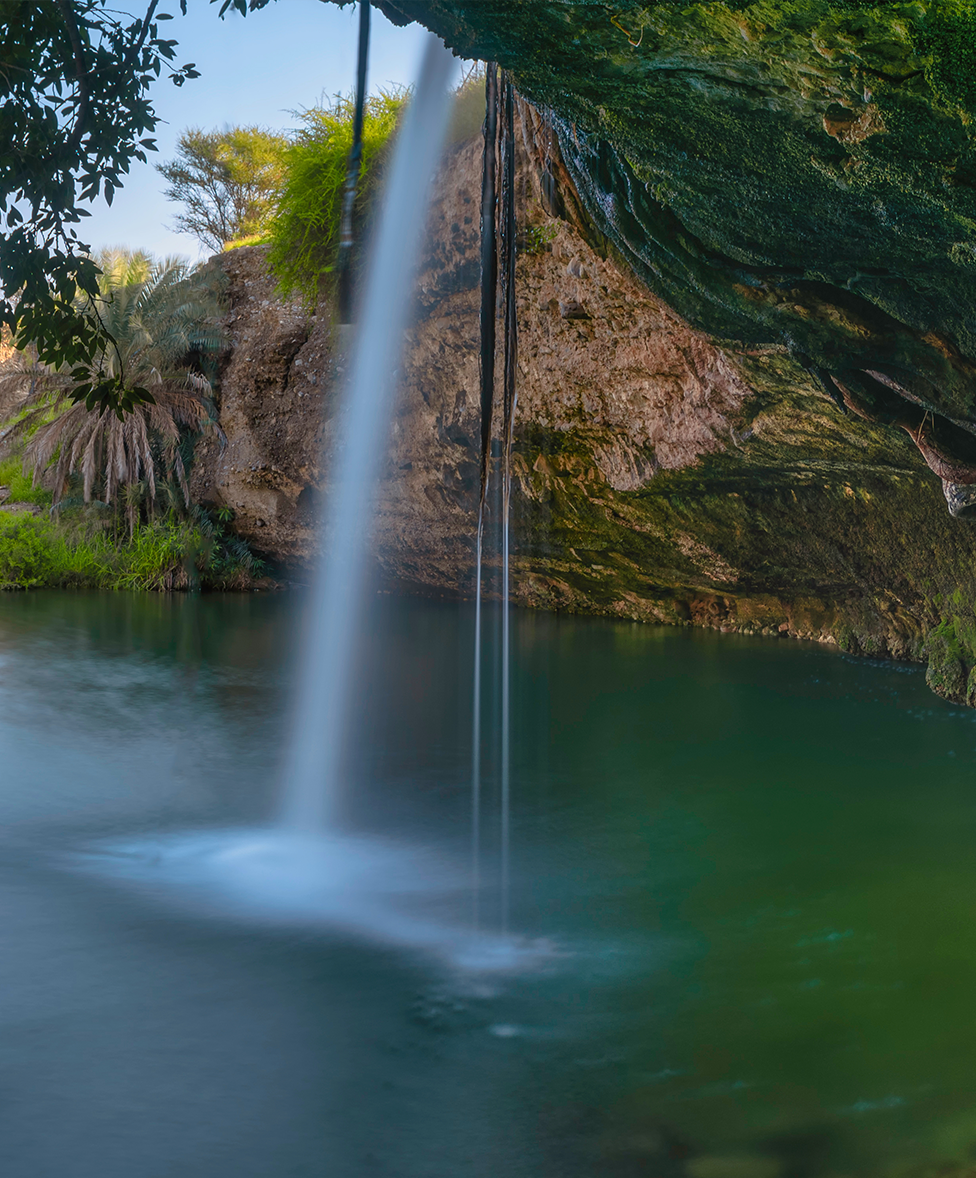
Traditional sources:
1- Aflaj:
Aflaj are divided into three main types:
- Da’udi aflaj
are long channels dug underground, several kilometers in length and tens of meters in depth. Water runs through these aflaj throughout the year. The most important Da’udi falajs are Falaj Al Khatamain and Falaj Daris in Al Dakhiliyah Governorate, which are inscribed in the World Heritage List.
- Gheli aflaj
receive water from water ponds or running water with depths not exceeding 3-4 meters. The quantities of water from these aflaj increase immediately after the rain. The aflaj usually dry up when the rains stop for a long time.
- Ainyi aflaj
receive water directly from the springs, including hot springs. The importance of this type of aflaj varies according to the quality of its water, which ranges from hot to cold, and between fresh, salty and alkaline water, mixed with the water of valleys which is known for being suitable for agriculture.
2- Springs:
Spring water in Oman flows from two geological systems: limestone and ophiolite in the Hajar Mountains. Limestone is characterized by its high porosity and the presence of cracks and fissures that help the flow of water, which is usually of good quality. The ophiolite rocks are of low porosity and production . Its water is alkaline at times, as is the case in many springs in Al Dakhiliyah, Al Sharqiah and Al Batinah governorates. Some springs are fed by groundwater in layers at great depths, which causes the water to heat up before it reaches the surface. The springs, which are located in the northern part of the mountains of the Sultanate of Oman, are hot in most cases. This type of water is used by locals in the treatment of some diseases.
3- Wells:
The key governmental underground water supply projects are: Al-Masarrat Basin in Al Dhahirah Governorate, and Al Sharqiah Sands Basin in North and South Al Sharqiyah Governorates.
4- Dams:
Dams are among the key sources of water in Oman. The number of dams in the Sultanate of Oman now stands at 168 distributed over the governorates, 44 of which are grounded water recharge dams, 111 are surface storage dams and 13 are protecting dams. The Wadi Dhayqa dam in Muscat Governorate is one of the largest dams in Oman.
Non-conventional water sources:
- Desalinated water (water desalination plants)
- Wastewater (Wastewater treatment plants)
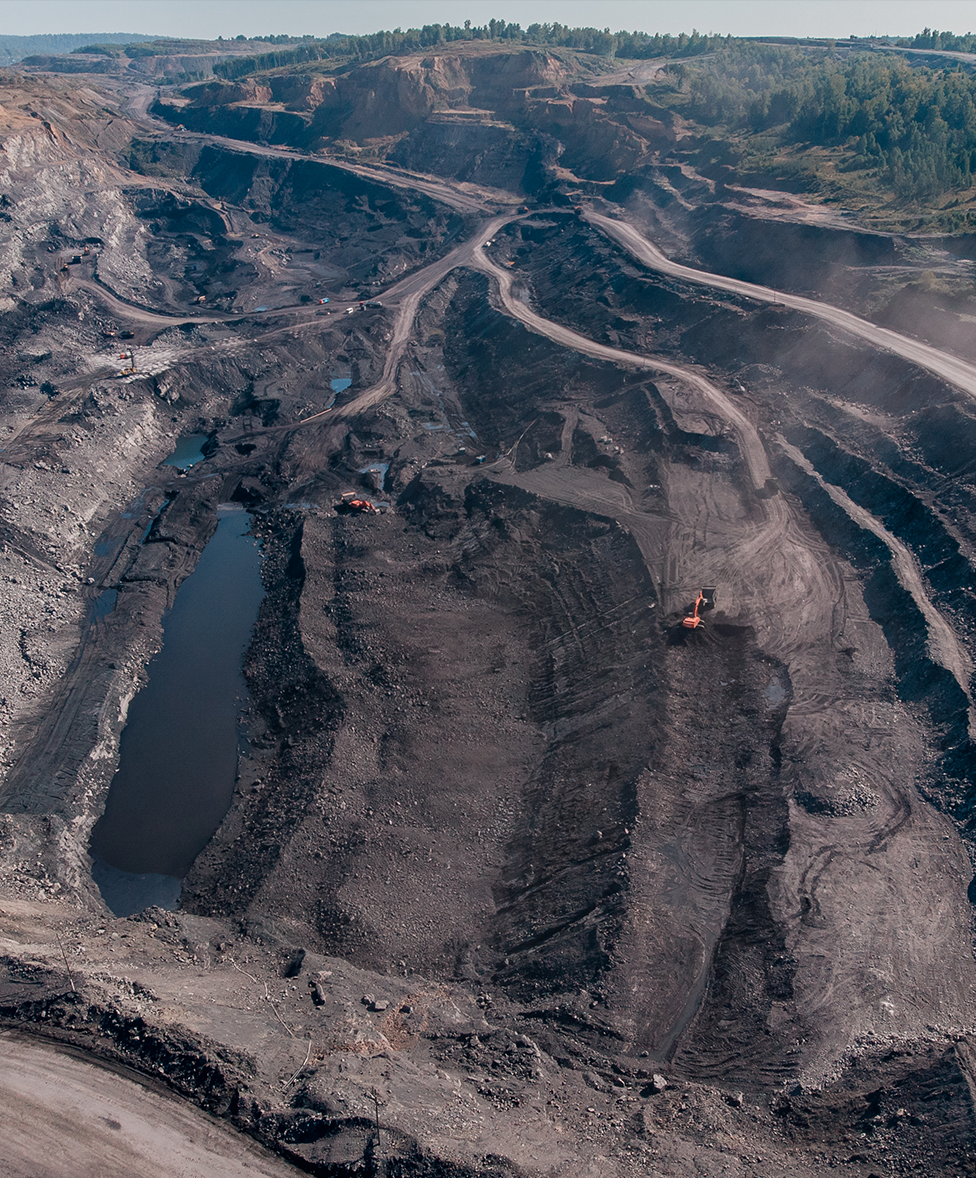
The Sultanate of Oman enjoys unique geographical location, distinguished geological diversity and the appropriate logistical structure to establish mining projects for various metallic and industrial minerals such as copper, chromium, manganese, gold, lead, silver, gypsum and salt. This sector is considered as one of the promising sectors to enhance the government's efforts toward economic diversification.
Seas of Oman
The Sultanate of Oman overlooks a coastline that extends for 3,165 km, starting in the far southeast; where the Indian Ocean and the Arabian Sea lie, to the Sea of Oman, at Musandam in the north. Oman’s coast overlooks the strategic Strait of Hormuz, the entrance point to the Arabian Gulf.
Maritime Resources
The fisheries sector is one of the most important economic sectors and among the key sources of income for the national economy, thanks to the Omani coasts overlooking the Indian Ocean, the Arabian Sea, the Sea of Oman and the Arabian Gulf. It is natural therefore to find that fishing is the main source for income for a considerable number of Omanis in the coastal areas.
The number of marine fishing ports in Oman stands at 25, ranging in size and facilities, between ports that provide most of the necessary needs of the fishing fleet in the port area, and others that provide some protections and berths that serve the actual needs of the site. The fishing ports are distributed over the coastal governorates of Oman (Musandam, Al Batinah North, Al Batinah South, Muscat, Al Sharqiah South, Al Wusta, and Dhofar).
The Sultanate of Oman has the potential to become an investment hub for fish farming projects; thanks to its abundant fish resources and the biodiversity of its coast. Moreover, Oman has a high quality infrastructure, an investment-friendly business environment and an advanced legal framework that regulates the fish farming sector.
Each coastal area in the Sultanate of Oman has unique characteristics that suit a specific method of cultivation:
| Musandam Governorate | It is suitable for floating sea cage projects as it has many protected and deep bays |
|---|---|
| Al Batinah North and South Governorates | It is suitable for marine cage projects due to the high population density and the lack of large land sites. It is also suitable for integrative farming projects in fresh water, as there are many agricultural farms |
| Muscat Governorate | It has marine sites suitable for marine cage projects |
| The coastal strip facing the Arabian Sea from Al Sharqiyah South Governorate to Dhofar Governorate | It has many coastal sites with vast areas suitable for establishing shrimp farming projects |
| Dhofar Governorate | It has coastal sites with small areas in some protected bays. These areas are suitable for the establishment of closed farming projects, for abalone or other marine species. |
- Ash Sharqiya Seaweed Farm in Jaalan Bani Bu Ali
- Khuwaimah Shrimp Farm in Jaalan Bani Bu Ali
- Barr Al Hakman and Banoot Shrimp Farms in Mahout
- Al Jazir Shrimp Farm
- Shaleem Abalone Farm
- Mirbat Abalone Farm
- Sultan Qaboos Tourism Port
- Khasab Commercial and Tourism Port
- Duqm Commercial Port
- Salalah Commercial Port
- Suwaiq Commercial Port
- Sohar Commercial Port
- Shinas Commercial Port
The Sultanate of Oman is an ideal destination for hosting marine sports throughout the year; thanks to its long coast. Tourists and visitors can enjoy many marine and water sports and activities such as snorkeling, dolphin watching, deep diving and sunset watching. There are several sites to take cruises in most of the beaches of Oman and cruise companies provide their services to Omani and foreign tourists. The most important marine sport sites in the Sultanate of Oman are Musandam Governorate, Bandar Al-Rawdah Marina, Bandar Al-Khairan Reserve, Demaniyat Islands Reserve, Al-Halaniyat Islands, Al-Sawadi Beach and Sur in Al Sharqiyah South Governorate, Duqm Beach, Masirah Island in Al-Wusta Governorate, Al-Jissah Beach, in addition to many sites in the Governorate of Dhofar.
There are many places to dive and explore marine life, such as Demaniyat Islands Reserve, Bandar Al Khairan Reserve, Al Sawadi Beach, Al Hallaniyat Islands, Masirah Island, and Al Fahal Island. Masirah Island in Al Sharqiya South Governorate, the largest island in the Sultanate of Oman, is an ideal place for watching various types of birds and rare marine species. It is also one of the best destinations for marine sport fans, especially windsurfing, water cycling, water skiing, diving and other activities. Paragliding competitions on the waves are one of the activities organized in Masirah Island.



